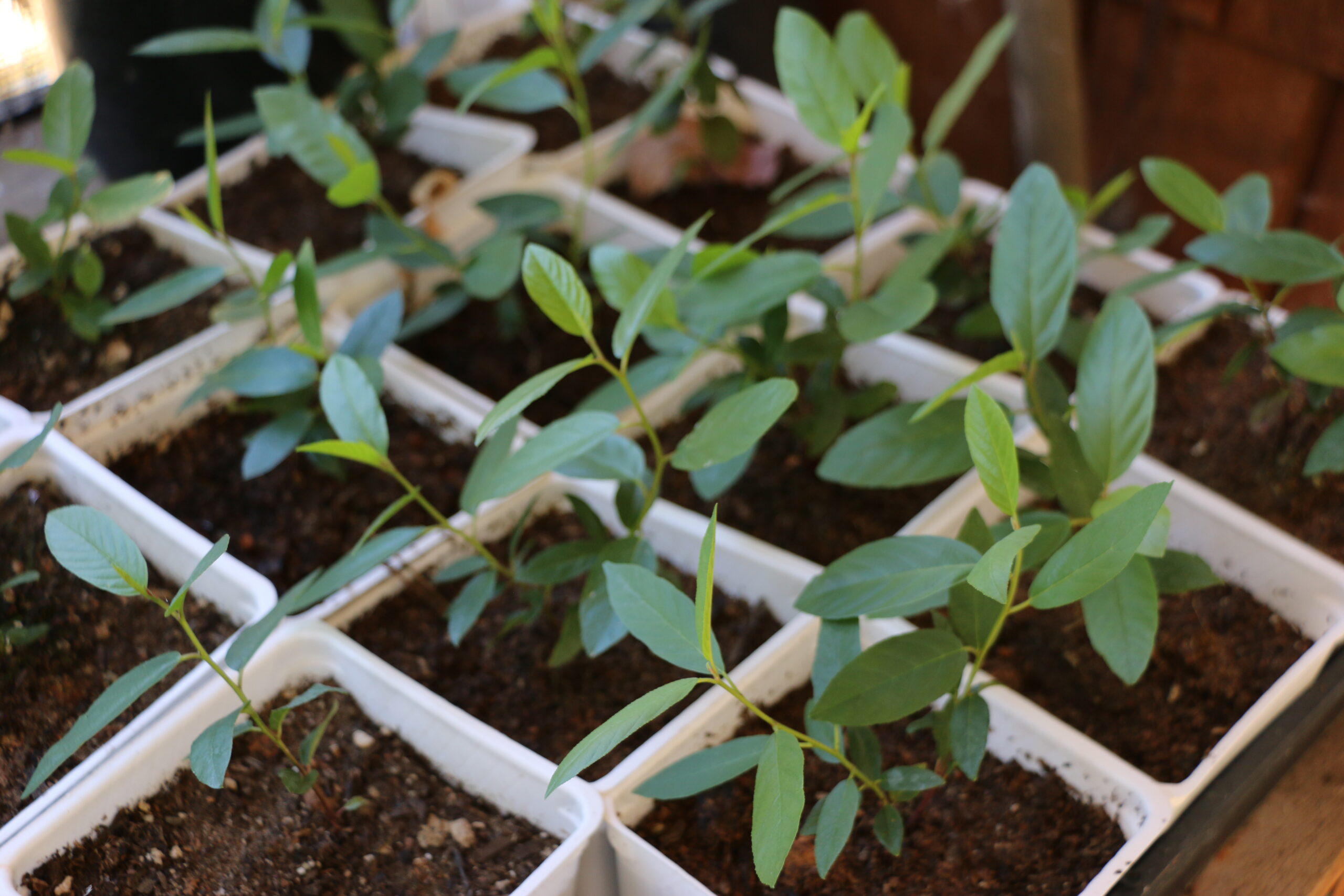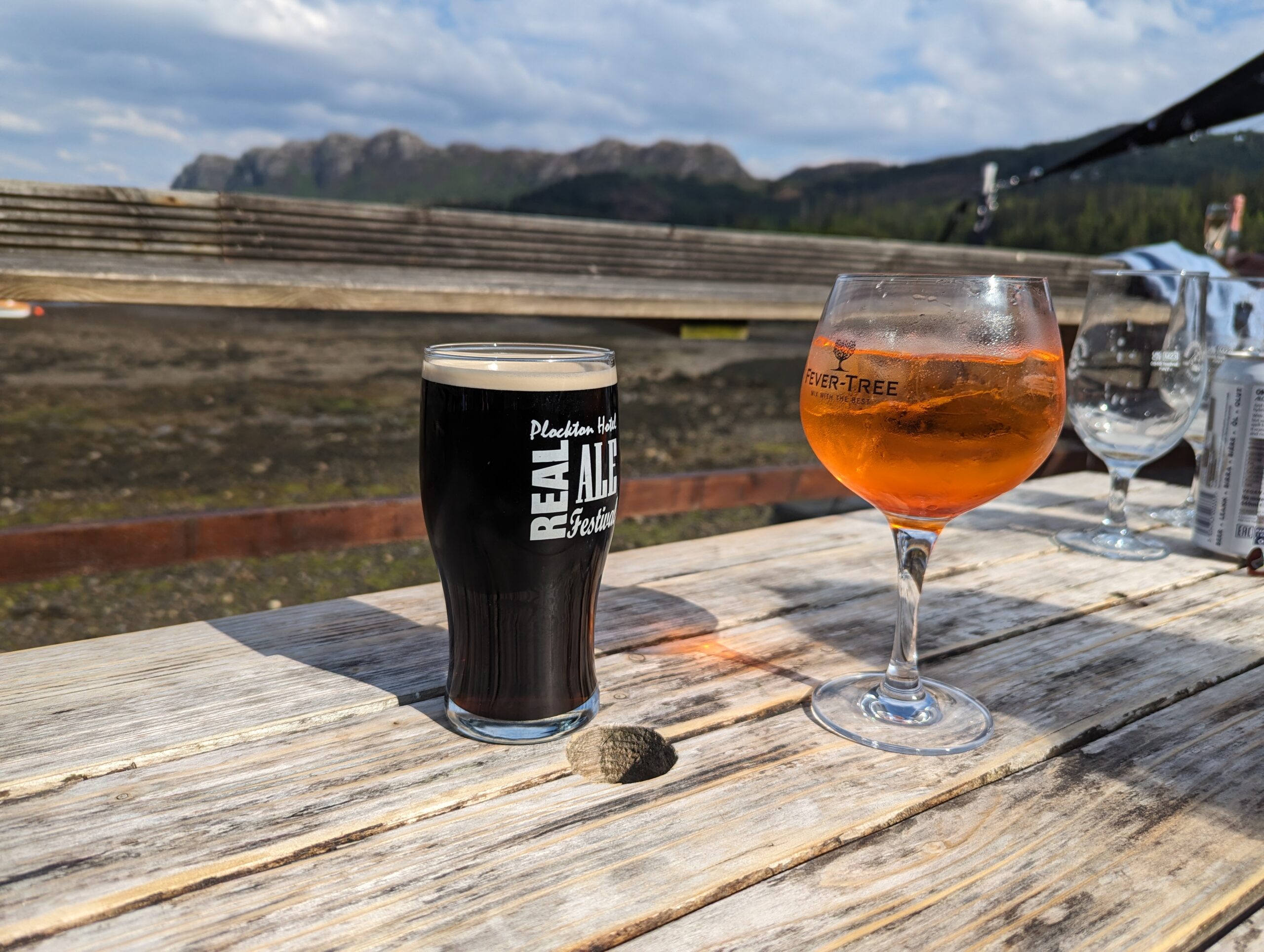One thing I enjoy about gardening is growing my plants from seed. This includes native plants – Coffeeberry (Frangula californica), Redbud (Cercis occidentalis) and other natives, but also my vegetables.
Growing from seed slipped away from me a few years back and I would simply go to the garden center (like many of us) and purchase the plants I wanted, but over the past two years many of the varieties of tomatoes I selected were not true to their label and I would end up with plants I didn’t particularly want. All in all, they were fine, but when you set your sights on a particular tomato, you want it to grow into what you were looking forward to.
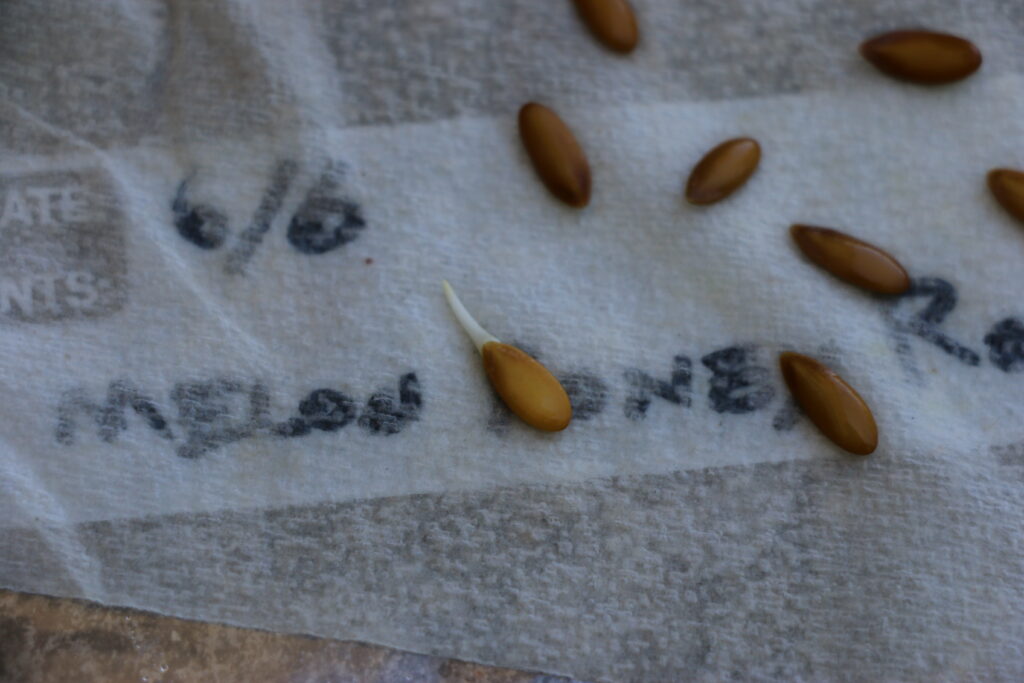
Also, often the plants I was looking for would not be there. Either sold out or simply not available. Hence, my return to growing from seed.
Now, there are a lot of advantages of growing your vegetables, herbs, flowers or natives from seed, but for this post I’m going to focus on vegetables. The first advantage I see is the vast selection you can choose from. I just recently found a supplier of seeds from Italy – the Franchi seed brand is the oldest (est. 1783) family run seed company in the world and they have a huge selection of vegetable and herb seeds – I never knew there were so many different varieties of Basil! If you’re interested visit www.growitalian.com here in the States or www.seedsofitaly if you’re in the UK.
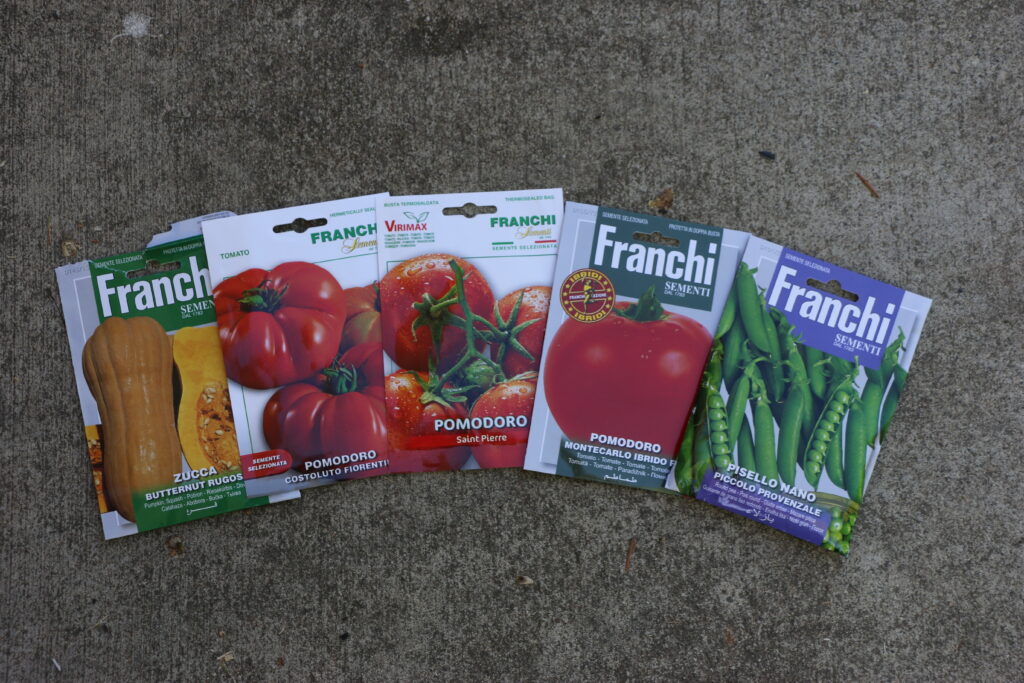
Other suppliers include Botanical Interests, Kitazawa Seed Company (great Asian selection) True leaf Market (for microgreens) and johnnyseeds.com (an old reliable source).
Growing from seed is simple and after your first investment in a few supplies and materials, most of everything is reusable. Another benefit is cost – you’ll be saving a lot of money by growing your plants from seed rather than purchasing seedlings at the nursery. A packet of seed will run around $2.00 – $3.00 and you’ll get lots of seed for that price. If you find you’ve grown too many plants, there is always a fellow gardener you can pawn them off to.
I generally start all my seeds indoors, testing germination and knowing what’s sprouted and strong enough to place in pots to grow out before placing them in the garden. This also gives me a head-start on the growing season since I can control the environment my seeds are starting in. A heat mat and shop light are pretty much all you need to get started, along with a soilless planting mix and a cover to keep your seeds moist.
I start my seeds wrapped in a moist paper towel (or coffee filter) and place them inside a zip lock sandwich bag until they sprout. Once the root has a bit of size and is strong, I’ll pot them up in 3″ or 4″ pots and keep them warm until it’s time to go into the garden.
Knowing your first and last frost dates and using a garden planner help to make your seed starting adventure go smoothly, (well…as smooth as gardening can ever go!)
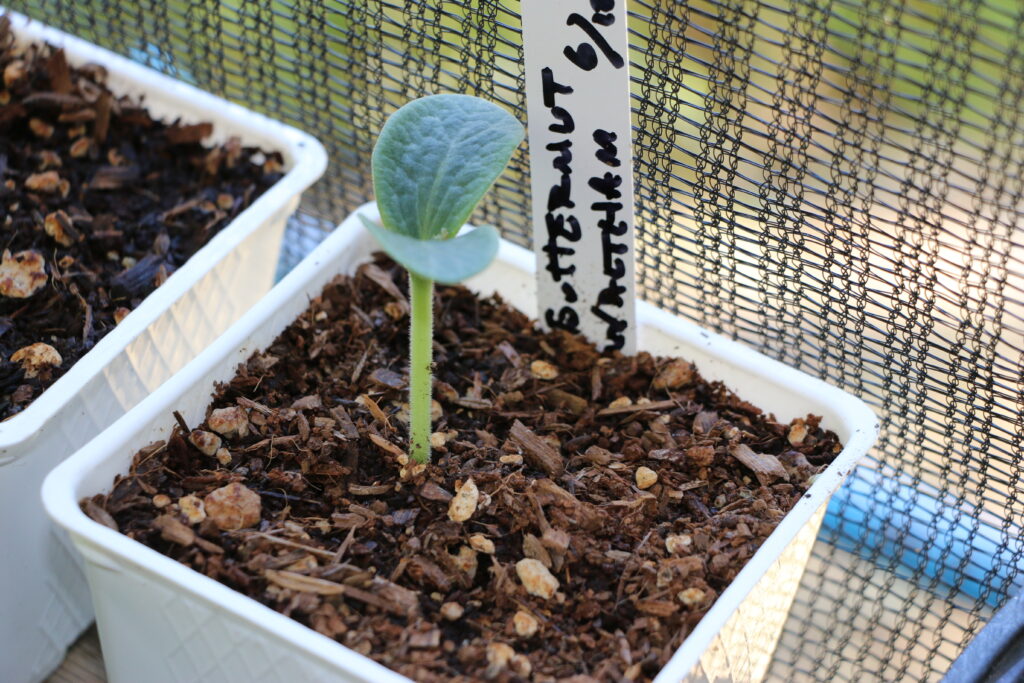
Butternut squash. Seed was placed in a Ziplock bag on the 6th, it sprouted on the 10th and is 2″ tall on the 14th.
I’ve teamed up with fellow gardener Dave Faoro to film a course on vegetable gardening from seed and we should have this wrapped up sometime in July. Once complete, I’ll post a link to the course. We cover a lot of information and useful tips for those of you new to gardening as well as ideas for the seasoned grower.
Ok, that’s it for now. My next post will be a return to our holiday in Scotland with a few more photos of the countryside and gardens we visited along the way.
